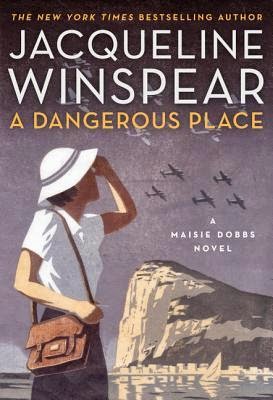All writers have their own
"process." When I begin a novel, I first list generic names and
because I write crime fiction that looks like this: investigator, victim and
killer. After that I add character names, physical descriptions, psychological leanings,
and a dominant personality trait. For example, the need to be a big shot: the
gasbag who can top every story you tell. Whatever you’ve done, he’s done
something bigger and better. The flip side is what that character does if his
need to be a big shot is not satisfied. Will he react with rage, withdrawal,
depression, or murder? Once I start writing scenes, it’s easy to lose track of
where I am. Here are a few tools that help me keep track of time and events:
WORD’S
NAVIGATION/DOCUMENT MAP TOOL:
In Word, the Navigation Document Map creates a sidebar that lists chapter
headings. In my old version of Word, the icon is at the top of the menu bar.
Temporarily, I name chapters with a helpful reminder of what happens within its pages. For example, 3: Tucker finds
another body. By the time I’m on chapter 23, if I have trouble remembering
a specific detail about Tucker finding that body, I can quickly look to screen
left, click on 3: Tucker finds the another
body and read through the text to refresh my memory. The Document Map
feature is more sophisticated in newer versions of Word but even my cave-girl
use of the tool serves as a compass to keep me from getting lost. It may be
worth your time to check Word Help to find out how to use this feature.
CHARACTER
TIMELINE: At
the top of a blank piece of paper, I write the character’s birth date and
continue listing dates of importance in his/her life. I ask myself what is
happening in the world on each date and how it may have affected the
character’s life and worldview then and now.
Here’s an illustration of how important
this tool can be. While teaching a class at a writers’ conference, I asked for
a volunteer from the audience to chart her character’s timeline, something she
had not done before. She was writing a crime novel featuring a woman
investigator who was a former soldier in the U.S. Army because it seemed like
an interesting detail to her at the time.
As we assigned dates in the character’s
life, we came to her Army service. The writer hadn’t thought about this before,
but based on the character’s age and other events we had already established in the timeline, the writer decided the woman had to have served during early 1991. I
asked the class if they remembered what was happening in the world during that
time. A man shouted: the first Gulf War. The writer literally gasped, realizing
that the job she had so casually given her character must have had a life-changing
impact that would be with her forever and certainly in this novel.
APPOINTMENT BOOK: I use an old-fashioned
four-columned appointment book that you can buy in any office supply store. One
could probably find a computer-scheduling program that might work better but I
like the sound of a pen or pencil scratching over paper. The paper schedule
stays by my side, allowing me to make notes while I’m writing.
I assign a column to my investigator, the killer and one or
two other characters that may need tracking. Because my books are set in Los
Angeles, the appointment book allows me to realistically get my character
through traffic and to her interviews without challenging the reader’s willing
suspension of disbelief. Because everything in a novel is causally related, it
also allows me to track the killer’s cat-and-mouse movements while my
investigator is solving the crime.
Investigator
|
Killer
|
Sidekick
|
Reporter
|
|
8:00
|
Responds
to crime scene
Closes
Scene
|
Watches
TV.
R
his next victim?
|
Arrives
at scene
Reports
live
|
|
8:15
|
||||
8:30
|
||||
8:45
|
||||
9:00
|
||||
9:15
|
||||
9:30
|
||||
10:00
|
Writing a novel is a huge undertaking
involving thousands of words and hundreds of pages. Let us know if you have any
hints that makes the task easier or illuminates the process for readers.
Happy Monday!







I am so inarticulate about my process I would say I have no process. Scribble some ideas. Sometimes outline in 3 act structure. Sometimes don't.
ReplyDeleteSorry to hear so many of you are having trouble viewing my Monday posts. Most are using Internet Explorer. Maybe try Firefox?
ReplyDeletePatty, I can see the post (I'm using Safari), but I double-checked and I didn't get an email about this one at all.
ReplyDeleteWhat great tips! I especially love the appointment book. I'm so stealing that idea.
I had no idea Word had a feature that would give you a chapter list. That's actually one of the reasons I adore Scrivener. It has way more features than I will ever use, but I love the ones I do use. It has no page breaks while you write, which I like because they tend to distract me, and there's a feature where it will organize each scene in a notecard view, which is handy if you need to look for a wide plot arc or move something around.
Thanks for sharing!
You are the second person I know who loves Scrivener. I downloaded a trial copy but without a real ms to play with, it seemed too complicated for my tiny little brain cells.
Delete